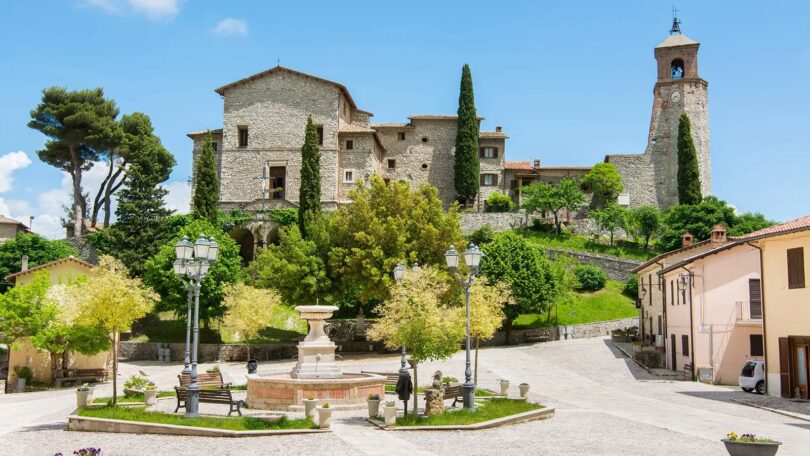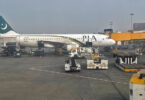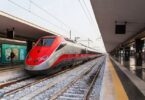Amy McPherson
The medieval village of Greccio is one of Italy’s most beautiful yet lesser-known villages. Perched on the hillside of the Rieti province, approximately 80km north of Rome, a row of rustic stone houses crawls along the edge of the hill, peering down onto the expanse of the valley below.
For most of the year, Greccio’s 1,500 inhabitants live a peaceful agricultural life surrounded by a beech and oak forest where wild boar roam. However, for a few weeks during December, the village swells to welcome visitors from all over the world.
For Christians worldwide, Greccio is part of a pilgrimage route for St Francis of Assisi, a Catholic friar known for his love of nature, who was rumoured to be able to communicate with animals and believed in the virtue of voluntary poverty.
Most importantly for Greccio, this is where St Francis staged the world’s very first nativity scene in a cave in the year 1223 as a way to spread the story of Christmas. Each year, more than 100,000 pilgrims and tourists flock here from Italy and abroad to marvel at the spectacular nativity scenes displayed all around town as part of the holiday celebrations, from miniature works nestled into the brickworks of walls to larger displays found in front of hotels and guesthouses.
And while the nativity scene is celebrated here year round, this year is the 800th anniversary of Saint Francis’ original nativity scene and, as such, Greccio is preparing for an extra-special Christmas display and more pilgrims than ever before.
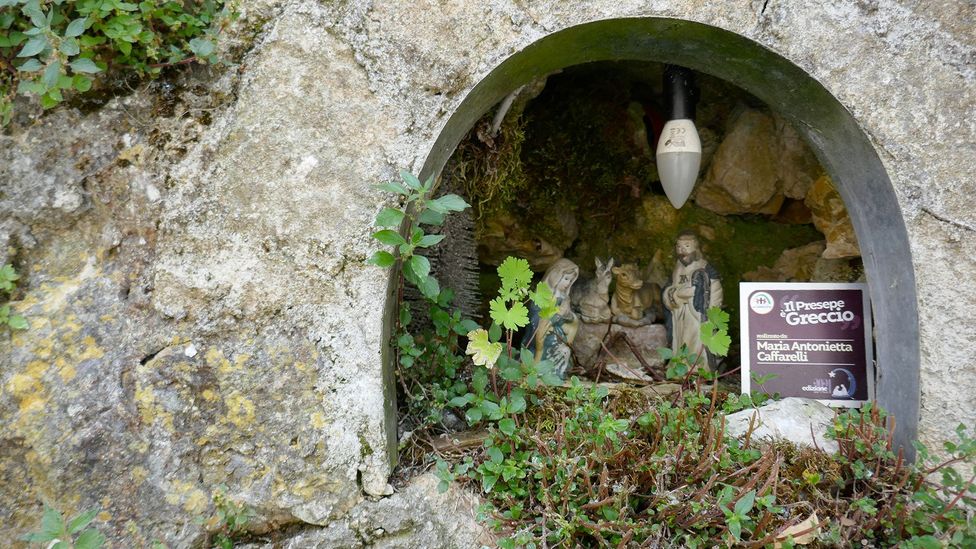
Visitors to Greccio will find find small sculptures hidden among bricks, in holes in a wall or in gardens (Credit: Amy McPherson)
An ancient tradition
Greccio dates to the Middle Ages when it was founded by Greeks fleeing from war who settled here for its defensible escarpment and natural tranquillity. They constructed a fortified town with defensive walls and a castle – remnants of which are still visible in parts of the surrounding forest.
It’s believed that St Francis came 90km south from Assisi to Greccio upon request of the Lord of Greccio, Giovanni Velita, in the 13th Century to preach to the villagers. Greccio’s woodland surroundings appealed to his love of nature, and he decided to settle here for the later part of his life.
St Francis built his Sanctuary as a residence and place of meditation and worship 1.5km from the centre of Greccio. It is a magnificent sight, partly carved into the rockface of the mountains halfway up a cliff.
As part of his own pilgrimage of faith, St Francis had visited Bethlehem in historical Palestine – the Holy Land – in the years 1219-1220. On his return to Greccio, wanting to bring people closer to their faith through the memory of Christ’s birth, he decided to recreate the atmosphere of Jesus’ birth scene in the year’s Christmas celebrations.
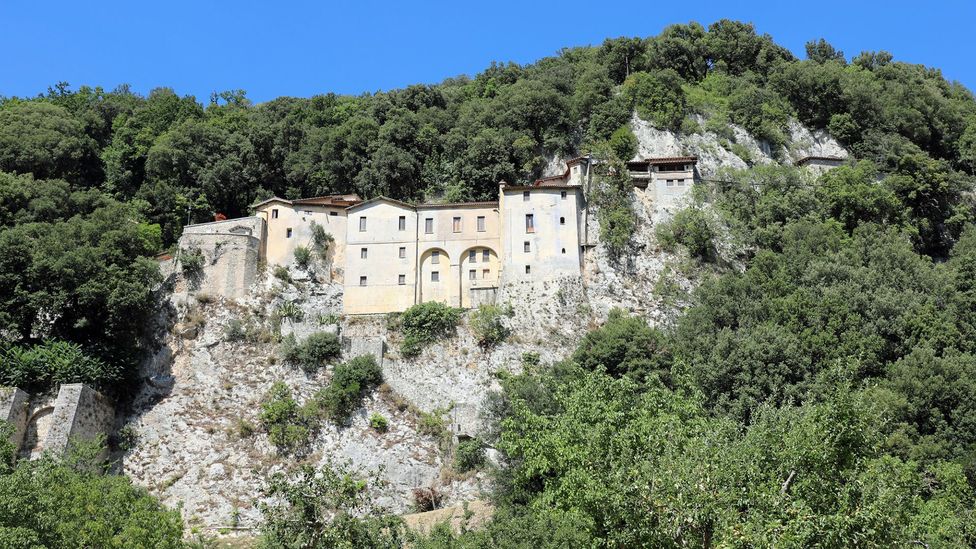
St Francis came to Greccio in the 13th Century and built his Sanctuary as a residence and place of meditation and worship (Credit: ChiccoDodiFC/Getty Images)
On 24 December 1223, he organised a midnight mass that included a re-enactment of the event, with villagers playing the parts of Mary and Joseph and a rag doll as baby Jesus. St Francis even brought along an ox and a donkey to complete the image of Jesus being born in a barn. The aim was to educate and inspire the villagers of Greccio about the celebration of Christmas – not just as a historical event, but as something real they could imagine and believe in.
This first nativity scene was a success among the villagers of Greccio, and St Francis started a yearly tradition that was then spread around the world by missionaries and pilgrims who had witnessed this celebratory event. The recognition of Greccio being the origin of the nativity scene has led the town to being referred to as the “Franciscan Bethlehem” among worshippers.
Today, visitors to the Sanctuary can enter the Cappella del Presepio, the Chapel of Nativity Scene, to see a partially restored ancient mural of a nativity scene by an unknown painter that marks the place where St Francis held the mass.
They can also see images of St Francis painted on walls around the village and visit the International Nativity Museum in the Church of Santa Maria, which exhibits nativity scenes made by different orders of Christianity in Italy and around the world.
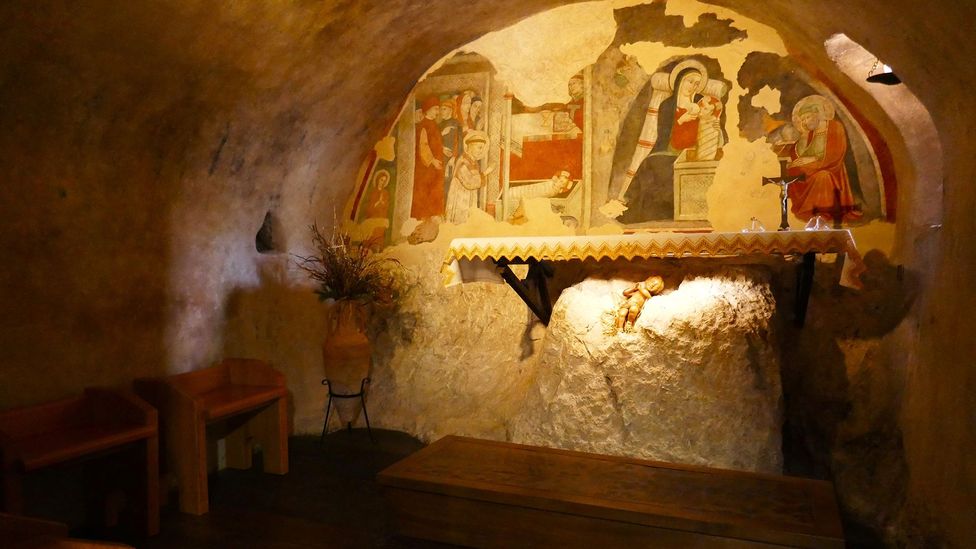
An ancient mural in the Sanctuary’s Chapel of Nativity Scene marks the place where St Francis held his mass (Credit: Amy McPherson)
It’s something that locals hold dear. Annabella Colandrea, who lives in nearby Rieti, often visits the Sanctuary to linger at the terrace that looks over the Rieti Valley to rest and unwind. She is particularly moved by the origin story of the nativity scene, having visited Greccio and its museum as a child, and continues to do so as an adult.
“When I was a child, I admired the lights, the figurines, the houses with wide eyes,” she said. “Now, every time I visit again and again, the emotion is always the same, I feel like I am a child again.”
The modern creator of the nativity
Local artists continue to honour St Francis’ legacy by filling the village with small creations of the nativity scene.
If you look carefully around town, at any time of year, you’ll find small sculptures hidden among bricks, in holes in a wall or in the garden of a residence.
One of these artists is Manfredo Proietti, who grew up in Greccio and has the nativity scene etched into his childhood memories. “I loved the nativity scene, often visiting the Chapel of Nativity Scene in the Sanctuary to get inspiration,” Proietti said.
As a child, he would collect clay in the ditches around Greccio to create figures for his own nativity scenes, using his grandmother’s bread oven to bake the clay to complete his creations.
After graduating from school, he moved to Rome to studying painting, sculpture and engraving with the San Giacomo Art Academy. Today, he is back in his home village producing nativity scenes with recycled materials such as wood and polyurethane.
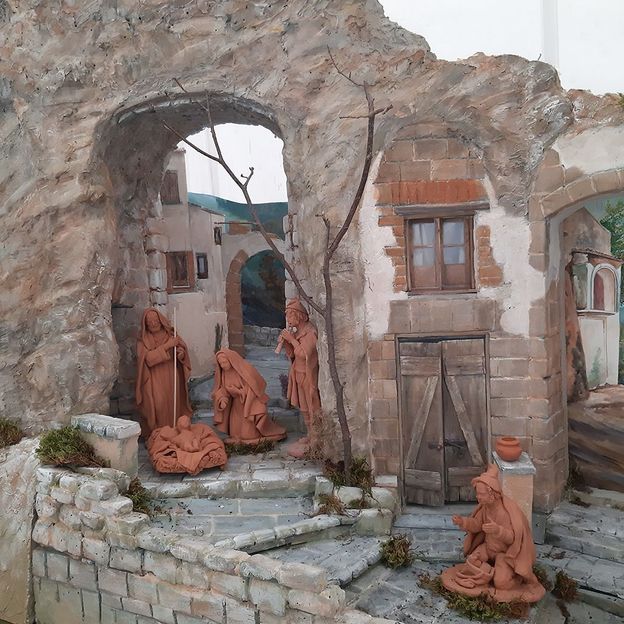
Local artist Manfredo Proietti uses natural and recycled materials to create his nativity scenes (Credit: Manfredo Proietti)
Proietti’s artistic visions are inspired by the natural environment around his hometown, and by using recycled materials, he says, he is emphasising the preaching of St Francis on the good of being poor. “I work with materials discarded from other processes because I want to remain faithful to the poor-men style nativity scene of St Francis,” Prioetti explained. “I produce my nativity scenes to bring joy and tradition of our culture to any place that requests from me.”
Proietti’s works are displayed around the world as well as in the Greccio’s nativity scene museum. He has also founded a school of The Artisans of the Nativity Scene in Naples, inviting artists to come and learn the art of the nativity scene creation.
However, it is at Greccio at Christmas when the nativity scene truly comes alive. In its 800th year, Greccio will once again celebrate Christmas with a live re-enactment of the nativity scene as a reminder of the legacy St Francis has left this small town and the world.
Courtesy: BBC

